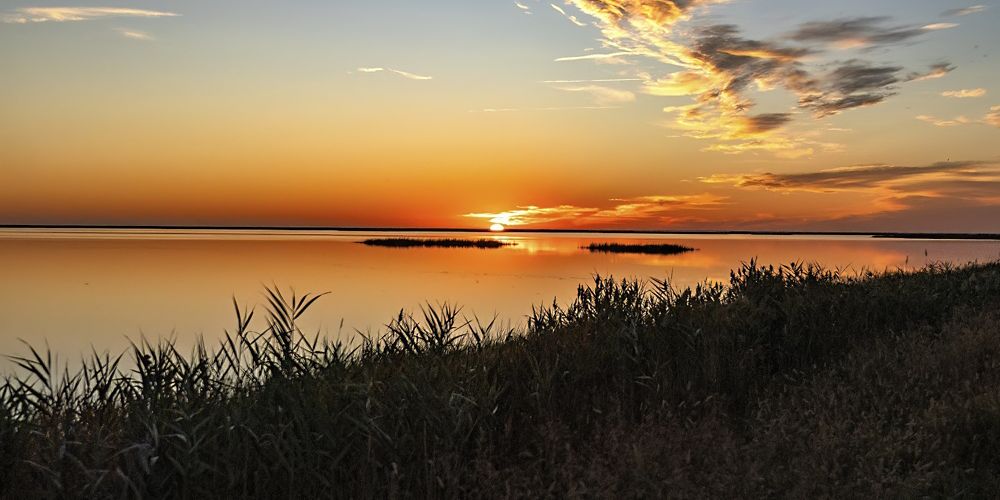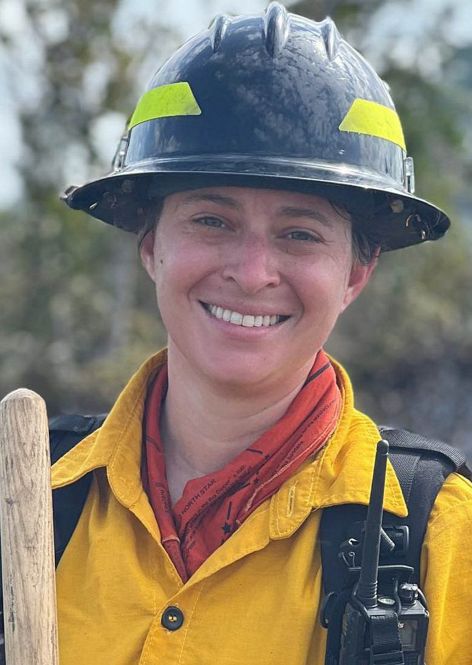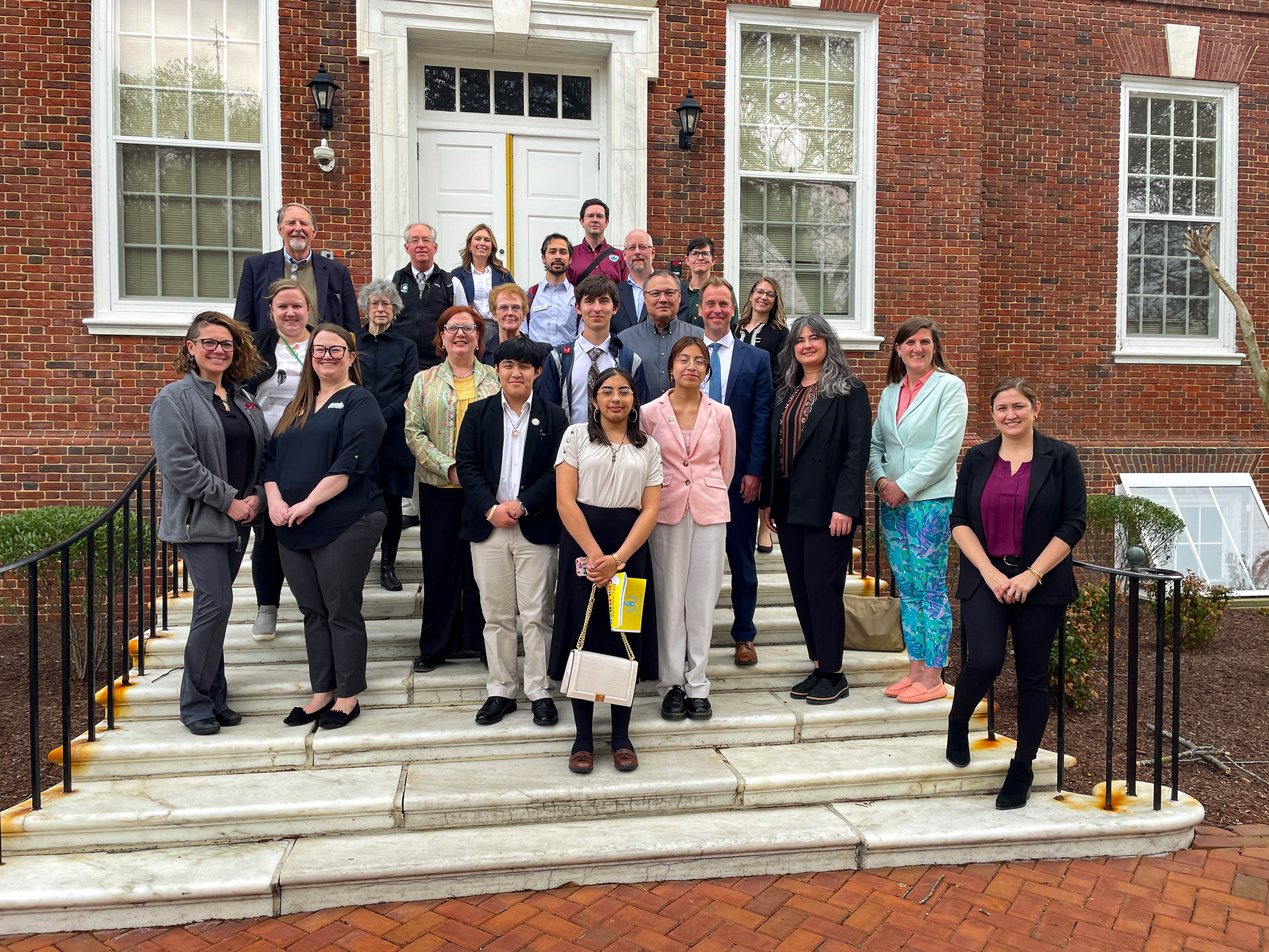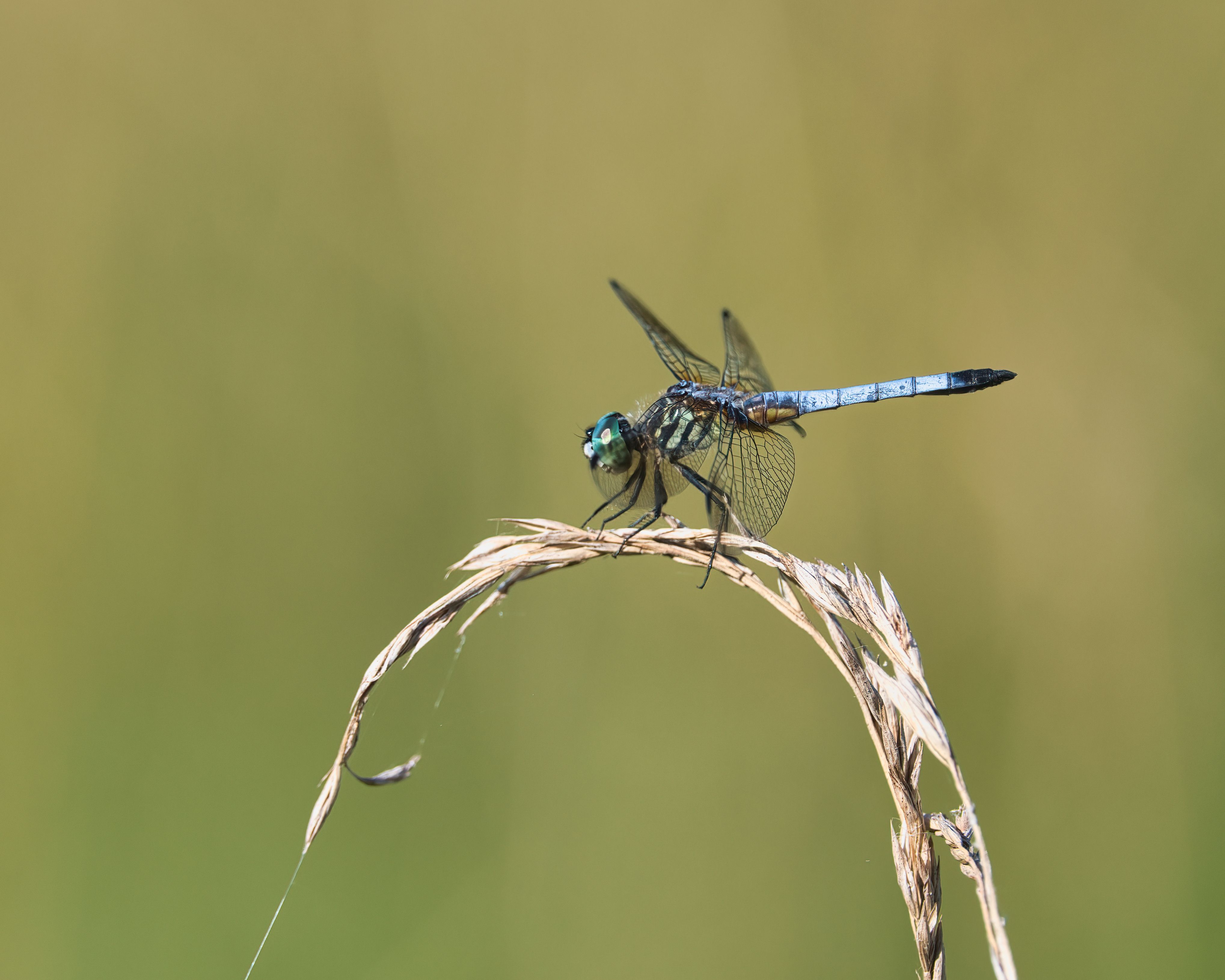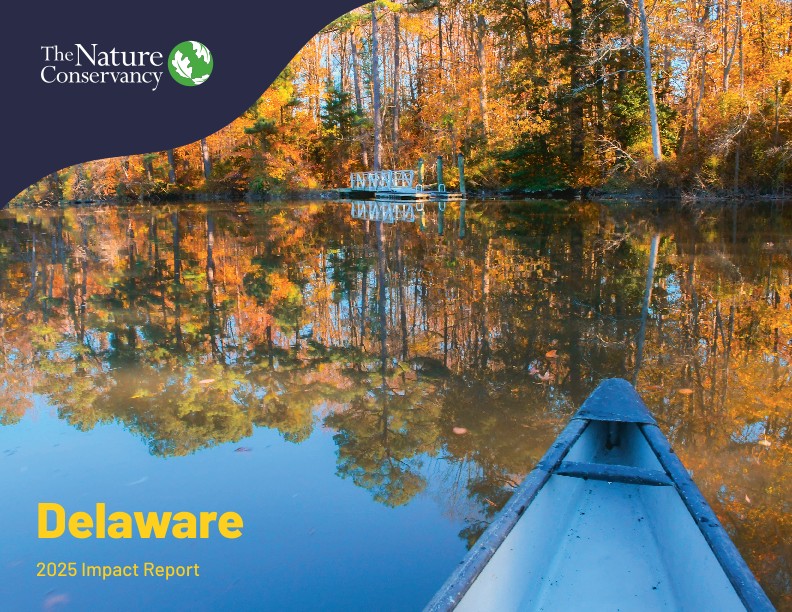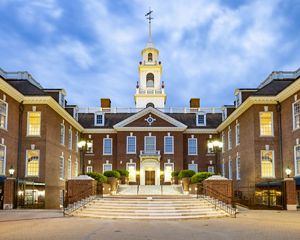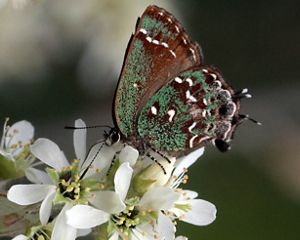A Year of Conservation Results
2025 was an important year for conservation. Explore some of our conservation wins and projects in Delaware.

Dear Friends, Partners and Supporters,
This year marks an important halfway point for The Nature Conservancy. It has been five years since we launched our ambitious 2030 goals, and just five years remain to address the most complex challenge of our lives: the interconnected crises of climate change and nature loss—challenges that are all too familiar to the coastal habitats of Delaware.
Stay in Touch
Sign up to receive monthly email conservation news & updates from Pennsylvania.
Rich in tradition, biodiversity and natural beauty, Delaware’s Bayshore region is facing an existential threat from sea level rise and intensifying climate impacts. As the U.S. state with the lowest mean elevation, Delaware is experiencing some of the highest rates of subsidence—the sinking of the land surface—along the Atlantic Coast. Forecasts predict up to 23 inches of sea level rise by 2050, threatening homes, infrastructure, farmland and iconic coastal habitats.
We know that the time is now to act on TNC’s three critical priorities: protecting ocean, land and freshwater; providing food and water sustainably; and tackling climate change.
In Delaware, we are uniquely positioned to meet this moment. Take for example the Delaware Bayshore Coastal Resilience Roadmap, a science-based framework built with community input and guided by our Conservation by Design principles.
This roadmap outlines four key strategies:
-
1. Protect coastal habitat migration space to allow marshes and wetlands to shift inland as sea levels rise.
-
2. Enhance and restore the ecological function of coastal habitats, including tidal marshes, beaches and maritime forests.
-
3. Increase community resilience to coastal flooding through nature-based infrastructure and policy advocacy.
-
4. Promote climate-considerate policies that support sustainable land use, clean water and equitable outcomes for affected communities.
These strategies are already shaping the future of the Delaware Bayshore, a region that provides critical habitat for species like the horseshoe crab and the migratory red knot, and serves as a natural buffer for inland communities during extreme weather events.
Under TNC’s leadership, and with donor support, we’ve built strong coalitions, advanced innovative conservation tools and engaged diverse stakeholders—from farmers and civic groups to local governments and coastal residents. Together, and with your support, we are laying the groundwork for a more resilient Delaware and a future with a livable climate, healthy communities and thriving nature.
Thank you for being part of this journey. Your continued support empowers us to meet the challenges ahead with hope, determination and impact.
With Gratitude,
-

—Lori Brennan
Executive Director, TNC Pennsylvania/Delaware
-

—Carol Collier
Board Chair, TNC Pennsylvania/Delaware
Protect

Analysis Guides Statewide Conservation Priorities
Delaware’s natural lands are under increasing pressure from development and sea level rise. Current climate projections suggest that up to 46% of currently protected lands in Delaware could be impacted by sea level rise by 2050.
Delaware Conservation Blueprint
A first-of-its-kind report that integrates statewide data.
Explore the BlueprintIn response to this challenge, The Nature Conservancy, on behalf of the Delaware Land Protection Coalition, developed a first-of-its-kind statewide Delaware Conservation Blueprint that integrates data on open space, sea level rise and wildlife habitats. This tool provides a detailed breakdown of protected lands, Conservation Opportunity Areas (COAs), urban zones, farmland and areas projected to face sea level rise in the next 25 years. The goal is to offer a clear, actionable guide to inform future conservation strategies and funding decisions—creating a more coordinated and effective approach to land preservation in the First State.
COAs prioritize the protection of rare habitats—such as maritime forests, beaches, dunes and peat swamps—regardless of size. They also include more common target habitats like salt marshes, swamps, hardwood forests, tidal creeks and headwaters, tidal rivers and warm, low-gradient streams when found in patches larger than 100 acres.
Working with partners in the Delaware Land Protection Coalition, TNC is using this report to advocate for a long-term conservation vision across the state in collaboration with state agencies, local governments and other partners.
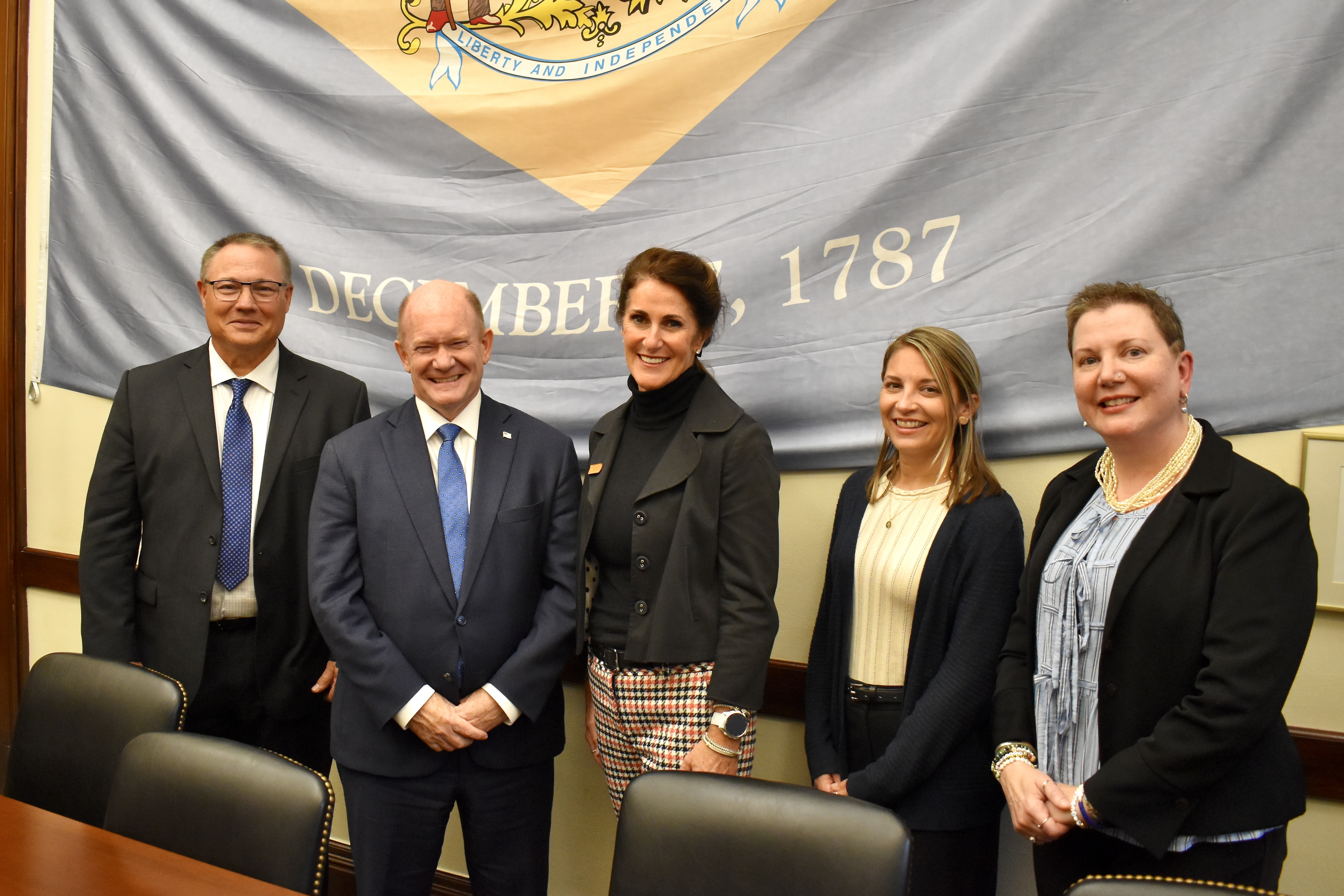
TRUSTEE SPOTLIGHT
Sophia Smecker
“I was honored to represent TNC during Advocacy Day on Capitol Hill. As a birder and advocate for conservation, it was powerful to share firsthand with the Delaware delegation how places like Bombay Hook and Prime Hook enrich both our environment and our communities.
“I emphasized how public lands support not only critical bird habitats and biodiversity, but also the mental health and well-being of people who find peace and connection in nature. The Delaware delegation and their team were receptive and genuinely engaged in understanding how these spaces impact Delawareans’ quality of life and local economies. I left feeling inspired by the collaboration between citizens and lawmakers and grateful to be part of impactful conversations that reinforced how vital our public lands are—for both nature and people alike.”
Building Regional Capacity for Controlled Burns
Fire plays an important role in the health of our habitats. By managing this natural process on the landscape instead of preventing it, we can restore our forests, improve habitats for native plants and animals, and reduce the risk of wildfires.
2025 marked the second year of the Delmarva Seasonal Burn Crew, funded by a USDA Forest Service Wildfire Risk Reduction Grant. Led by TNC’s stewardship team, the crew completed 11 burns across 331 acres in Delaware and 17 burns covering 1,748 acres in Maryland.
“It feels rewarding to know we’re making a difference and that our fire crew is helping to build the capacity needed to get more good fire on the ground,” says Natasha Whetzel, Delaware stewardship program manager at TNC.
Rare Species on the Rebound

Butterfly Pea
A stunning Clitoria mariana plant was spotted in full bloom for the first time in years at our McCabe Preserve.

Eastern tiger salamander
Restoration efforts at Pemberton Forest Preserve helped bring a breeding pond habitat to life for Ambystoma tigrinum, a state-endangered species.

Swamp Pink
The federally endangered Helonias bullota find the perfect home among the protected habitat at TNC’s Delaware preserves.
More Rare Species
Thanks to ongoing conservation efforts, Delaware is seeing a rise in rare species.
Explore 10 DE Rare Species_The_Nature_Conservancy_4000x2200.jpg)
Edward H. McCabe
Preserve Enhancements
Donated to TNC in 1993 by Constance McCabe, the Edward H. McCabe Preserve in Milton is our most-visited preserve in Delaware. Its combination of hardwood forests and freshwater wetlands attracts a diverse array of migratory and nesting birds, including waterfowl, raptors and songbirds, and it is widely considered to be a hidden gem in the region.
Earlier this year, planning and permitting was completed to renovate the McCabe House—a one-story brick building on the preserve—as well as to improve trail accessibility and expand parking at the preserve. Planned improvements include a larger parking lot with an ADA-compliant parking space and the installation of an accessible connector trail to both the Wildflower Meadow Trail and the Reforestation Trail from the parking lot. The McCabe House, while structurally sound and full of promise, requires comprehensive interior renovation and repair to become usable again. We’re grateful to Schell Brothers for their support in drafting the architectural plans and for their helpful assistance in navigating the county permitting process.
With your support, we have an opportunity to transform the McCabe Preserve and create a flexible modern workspace for our staff and volunteers that will help us advance our long-term strategic goals in Delaware.
Global Spotlight: Belize Wildland Fire Suppression Training
Many ecosystems around the world need fire to stay healthy. Each year, numerous TNC fire staff and partners travel to Belize to advance their training in wildfire suppression. This unique opportunity benefits the Caribbean pine savanna ecosystem while providing essential hands-on learning for fire practitioners.
Both Belize and the Atlantic Coastal Plain, which includes Delaware, have evolved with fire. Belize’s pine savannas are a fire-dependent ecosystem: The Caribbean pine tree relies on fire for its survival and reproduction. The flora of these savannas is ecologically adapted to fire, making it essential for its long-term health. Many native landscapes across the Coastal Plain and the species that inhabit them are also fire-adapted or fire-dependent. From mixed pine-oak forests to grasslands, fire reduces the organic material and woody undergrowth that accumulate over time, reducing wildfire risk. The exposed ground and increased sunlight following fire supports a diverse understory of herbaceous plants and allows native trees to germinate and grow.
By managing the important ecological process of fire, we’re replacing fires of chance, such as wildfires, with fires of choice to restore our forests.
The Power of Fire
Fire is a critical resource for resilient lands. Learn more about how and why we work with fire.
Explore this work
Will Helt, director of oceans and coasts in Delaware and a leader on the Coastal Resilience Roadmap, works with the Resilient and Sustainable Communities League on addressing how the state can best plan for the impacts of climate change on its coast.
Creating a Resilient Future for Coastal Communities and Habitats
Working with our broad network of partners, TNC developed the Coastal Resilience Roadmap to guide a healthy future for the Delaware Bayshore. Funded by The Longwood Foundation, the framework was built with stakeholder feedback and science-based conservation principles. The Roadmap outlines a series of recommendations and resilience strategies for coastal communities. Through innovative collaboration and forward-thinking policies, we can advance climate-friendly initiatives, conserve farmland, preserve habitat for iconic species like the horseshoe crab and the migratory red knot, and ultimately support the livelihoods of all those who call this region home.
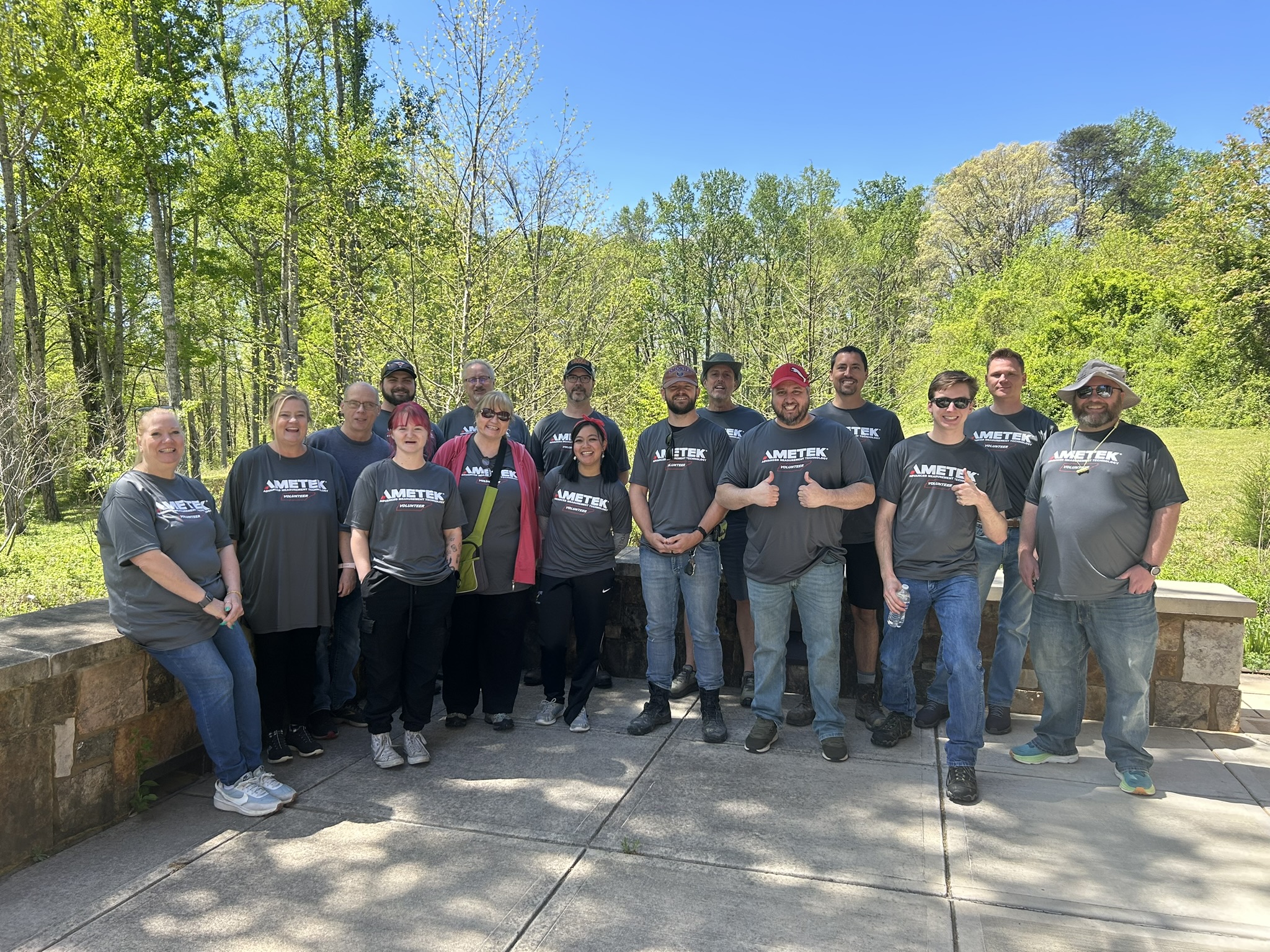
DONOR SPOTLIGHT
AMETEK
The AMETEK Foundation is proud to support TNC at the corporate level, aligning with its mission to address the urgent and interconnected challenges of climate change and biodiversity loss—a mission that impacts all AMETEK colleagues and our communities.
Approaching its third year of partnership, the AMETEK Foundation initially contributed to TNC’s global freshwater initiatives, helping to protect vital rivers, lakes and wetlands for the benefit of both people and nature. In 2025, the Foundation deepened its commitment by supporting TNC’s 2030 goals, which focus on three core pillars: protecting ocean, land and freshwater; providing food and water sustainably; and tackling climate change.
AMETEK is an innovative global manufacturing corporation committed to solving complex challenges through advanced technology solutions that make the world a better place. When selecting an environmental organization to partner with, AMETEK sought one with a global footprint—one that could positively impact its colleagues around the world. Equally important was finding a nonprofit that shared its passion for innovation in addressing the urgent environmental issues facing our planet. TNC stood out as a natural fit. Through innovative conservation strategies and transformative practices, TNC is driving measurable progress to safeguard the planet’s natural resources. AMETEK’s shared purpose is to make a safer, sustainable and more productive world a reality. Supporting TNC’s mission helps us all get there.
Provide

Food and Water Sustainably

At The Nature Conservancy, we believe that nourishing people and protecting nature go hand in hand. Our goal to provide food and water sustainably means working with farmers, agribusinesses, communities and partners to ensure that what feeds us also sustains the land and water we depend on.
Chesapeake Bay Named Global Regenerative Foodscape
Though the waters of the Chesapeake Bay only border Maryland and Virginia, its reach and significance extend much further, including into Delaware’s agricultural communities. The Bay is North America’s largest estuary and a major economic driver for food production, shipping and tourism. Its watershed is home to 18 million people and encompasses around 64,000 square miles across six states and the District of Columbia, including one-third of the state of Delaware. This watershed is a patchwork of farms, forests, cities and wetlands, all of which have a major impact on the many communities and more than 3,600 species of plants and animals that rely on a healthy Chesapeake Bay.
This is why TNC recently designated the Bay as a priority for its Global Regenerative Foodscape strategy, which will provide the more than 50 staff who work on the Chesapeake Bay program, including our staff in Delaware, with greater access to coalition building, coordinated planning, market development, supply chain actions and public policy support. TNC is ready to accelerate the critical work of securing cleaner water and healthy habitats for the benefit of all within the Bay watershed.
Tuna Transparency Pledge
Three billion people worldwide rely on seafood as a significant source of protein. The Tuna Transparency Pledge is a global initiative aiming to unite actors throughout the supply chain to achieve 100% on-the-water monitoring on all industrial tuna vessels by 2027.
Join the PledgeTackle

Climate Change
Policy Spotlight
We advocate for policies that address the causes and impacts of climate change, help our cities become more sustainable, protect natural and human communities, and create opportunities for people to connect with nature. This work has never been more urgent.
We develop legislative priorities at city, county, state and federal levels as we advocate for policy solutions that create equitable outcomes for people and the planet.
2025 Legislative Wins
-

$10 M
For open space funding that will protect Delaware’s land, wildlife and water for future generations.
-

$6.4 M
For cover crop funding to improve soil health, strengthen agricultural resilience and reduce pollution from runoff.
-

$3 M
For brownfields funding to restore contaminated sites and return neglected lands to productive community use.
Additionally, the General Assembly passed increased fines for polluters, as well as a bill that advances a statewide approach to clean energy, an important step toward clean energy access.
Download
Support Delaware Nature
Make a Lasting Impact
You have the power to make a difference for Delaware and for our planet. Your support will help fund groundbreaking science and conservation that help us protect more than 30,000 acres of land across Delaware.
